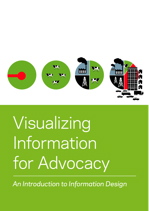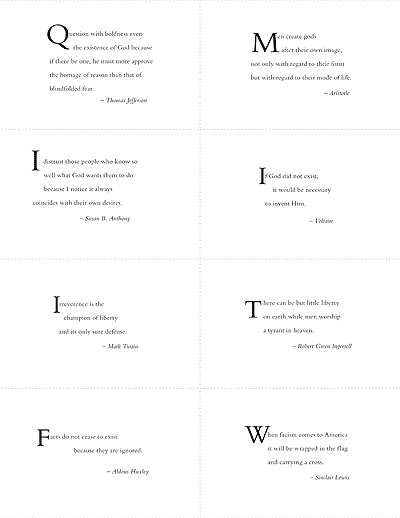self
I Heart Iraq
While the New York Times generally doesn’t publish pictures of U.S. casualties in its own reporting, it can publish them when the photos themselves are the story (particularly on a Saturday.) The commander of the U.S. Marines in Iraq is seeking to bar photographer Zoriah Miller from all U.S. military facilities around the world for publishing photos on his web site of U.S. Marines (oh, and Iraqi civilians) killed in a June 26, 2008 suicide attack in Garma, Iraq. “Disembedding” journalists and otherwise “managing” them for publishing unfavorable coverage is nothing new. The Committee to Protect Journalists has chronicled ongoing harassment and deaths of journalists in Iraq and BAGnewsNotes has done an excellent job of unpacking the photographs that do make it out.
Looking into Miller’s own portfolio site this image caught my attention:

It has a Banksy-like irony to it: juxtaposing tools of authoritarian force with the values they are rhetorically professed to deliver — and with a faint whiff of commercialism. The vehicle above is a Iraqi Soviet-model MT-LB multi-purpose armored personnel carrier, most likely tagged, I suspect, by a U.S. soldier. But paint that slogan on an U.S. Abrams, and it makes a good stencil idea. Click below to download a PDF.
Work! Not War!
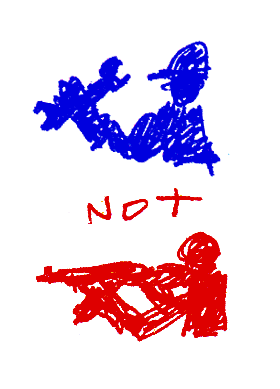
We All Teach All the Time
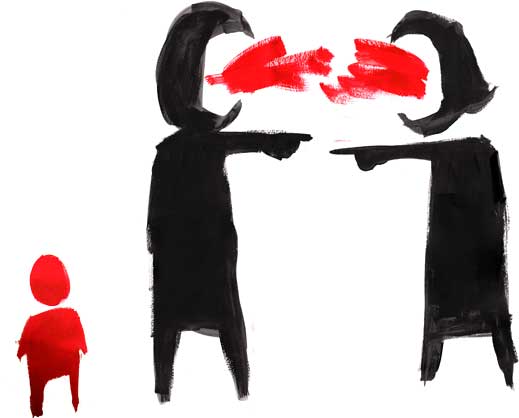
Typography and Nationalism
An article I wrote on typography and nationalism is out now in the July/August 2008 issue of PRINT. The full text is online here.
This is an idea I’ve had simmering for a couple of years, so it’s nice to finally see it in public. In the end, I only had 1,300 words to use so there’s some interesting material I had to cut. (One could write a dissertation on the subject.) But I think the arc of it comes across.
Some of that material and a few other points of reference are filed in the typography category of this blog.
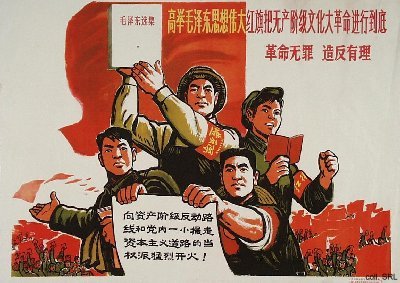
Update 7/18/2009: The article is now available in Italian and Russian.
An Introduction to Information Design
Visualizing Information for Advocacy: An Introduction to Information Design is a booklet I wrote and designed to introduce advocacy organizations to basic principles and techniques of information design. It’s full of examples of interesting design from groups around the world in a variety of media and forms. It has tips, excercises, and even recommended Free Software packages to help polish up your graphics.
I worked with the Tacitcal Tech collective who provided editorial feedback and helped track down reproduction rights for the images. They’re also coordinating printing and distribution to NGOs. The project was funded by the OSI Information Program. The booklet is Creative Commons licensed.
Download the full booklet at http://backspace.com/infodesign.pdf
Atheism Cards

Traveling for the holidays? It’s always disturbed me that U.S. hotel rooms always seem to stock a Holy Bible. Nevermind any other tradition, or say... The Englightenment. This year, I’m packing something of my own to leave behind: atheism cards! Each of these cards has a quote I think might sow a few seeds of dissent or perhaps start a long distance discourse. I plan to leave one inside the front cover of each bible I meet. Click the image below to download a printable PDF. Or make your own. There are plenty of choice quotes here and elsewhere.
The Conversation
An article of mine is running in the Communication Arts August Photography Annual 2007. The dialog format is a bit different, so I’m curious to see how it’s received. It started out as a rebuttal to many things I’ve heard other, sometimes very prominent, designers say about why they eschew political engagement. Many of the points started as blog posts here. Thanks to Jamie, Adam, DK and Acacia for their feedback on the draft.
“The Conversation”
When should designers make a political commitment?
Late afternoon at a sunlit café on a high traffic street. Young faces stare intently at their laptops while the smell of roasted coffee and beat of a down tempo groove fill the air. Cups clatter on white modernist tables amidst laughter and the buzz of machines grinding beans. The coffee menu reads much like today’s headlines: East Timor, Guatemala, Ethiopia, Rwanda, Colombia.
Bells on the door jingle as Robin walks in. Sam looks up from a bright orange couch.
Sam: Hey! How’s it going? How are you?
Robin: Excellent. You? How’s business?
Sam: Really good, actually. An identity design we did just got a big award. So that’s nice. What’s new with you?
Robin: Things are good. Let’s see… A poster we did helped turn out nearly a hundred thousand people to that protest last week.
Sam: Whoa! How’d you get involved in that?
Robin: I just heard about the march and got in touch. It was a chance to do something for a cause, something the studio believes in. And, honestly, it was an interesting design challenge.
Sam: Sounds great. But do you ever feel conflicted? I mean, look at those posters about the genocide in Darfur. I’m all for rising to the challenge, but don’t these thing just take advantage of the cause by exploiting some tragedy as an excuse to make a clever design?
Internet Activism in the Wall Street Journal
My 2005 research An Introduction to Activism on the Internet was featured in the November 27 “Recommended Reading” column of the Wall Street Journal. Katrin Verclas, executive director of the Nonprofit Technology Network, picked thirteen on- and offline resources for leveraging technology for social change. About my document, she says:
“John Emerson’s guide covers strategies and techniques of electronic advocacy using email, the Web and other new media to bring about social change. It provides a great overview and analysis of campaigning methods.”
See for yourself at http://backspace.com/action. Thanks, Katrin!



